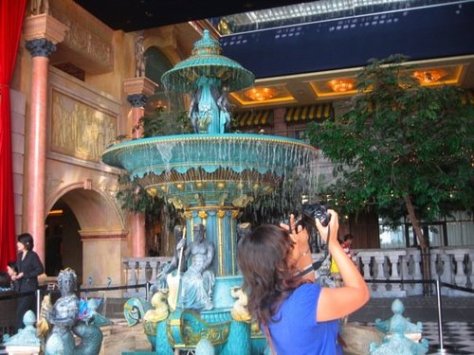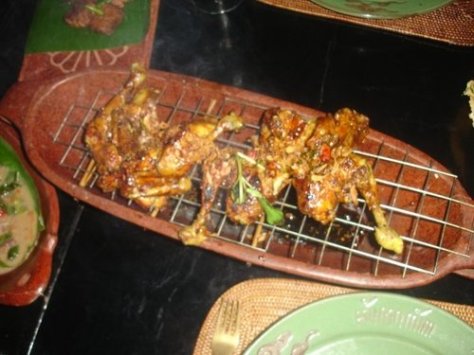Buenos Aires, the commercial and political capital of Argentina is like any big city – easy to travel around in, noisy, full of busy people. The city gives off a happy natural vibe from the beginning. Away from the paradise that is Rio, Buenos Aires is more livable
Anyone can tell this city, once capital to the worlds’ most prosperous nation has obviously faced some economic downturn. With footpaths having some stones out of place, with its streets a bit old with potholes, older cars, cabs and buses, you get the feeling of a very real city.
The people are helpful, inspite of the language barrier; they make an attempt to talk to you.
The best way to experience Buenos Aires is walking or cycling through it.
TO DO:
The obelisk, which is on the widest street in the world. In the middle of the most crowded part of the city, this monument is a pretty photo op, but not much else.
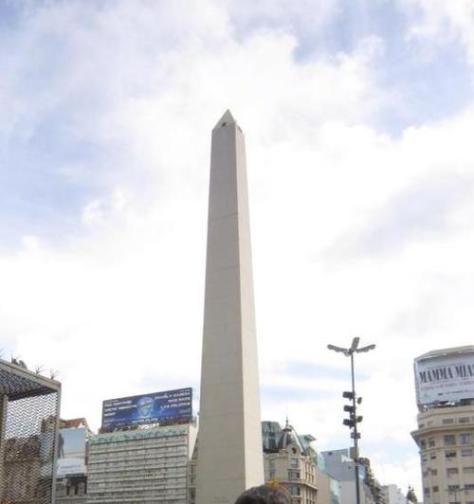
The ‘pink house’ (roughly translated from Spanish) is the Prime Ministers headquarters, another nice place to go see from the outside. Every Thursday, the mothers of children lost during the city’s biggest political rife during the 70s gather outside the house in a peaceful protest. Protesters wear head scarves which is what they are recognized by
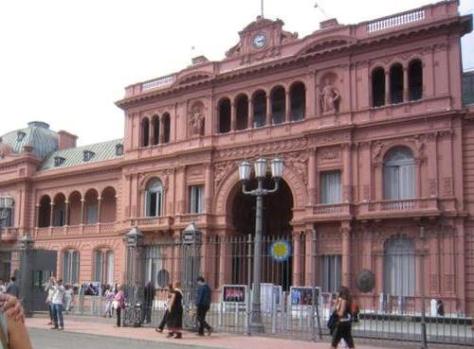
La Recoleta cemetery:
When we were told to visit the cemetery as tourists, we balked at the idea- I mean cemeteries are creepy right? Well, not always. La Recoleta- the cemetery in the middle of the city is like a pretty little city. Full of tall tombstones, with a different sculpture assigned to each different grave, this place is a work of art. Just a street away from the bustle of the city, is a mini city that fills you with calm. The tomb stones that fill up the cemetery are those of famous and rich persons from the early 1900s.
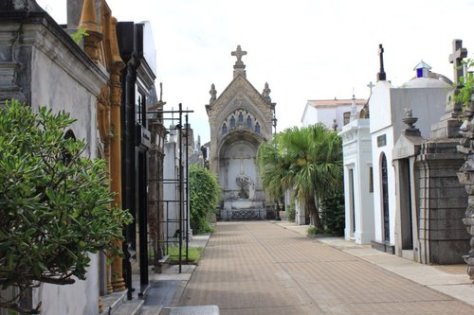
Florida Street:
One of the longest tourist streets in the world, this street is amidst the hustle and bustle of the main city running right through the business centre of the city. The street is jam-packed with stores- branded & unbranded, street vendors, street entertainment like mimes and singers. Definitely a must to walk through
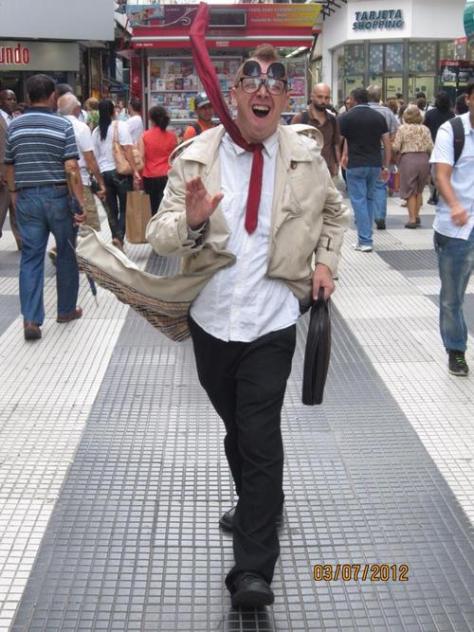
Home to a number of global street artists, the city is full of graffiti- some of it colourful and pretty, some just statements screamed out in ugly black ink. The laws against graffiti are lax, giving artists freedom to express themselves on walls. If you are interested, they have tours (Graffiti mundo) which can take you around to see the city’s prettiest walls along with give you some information on the recent history.
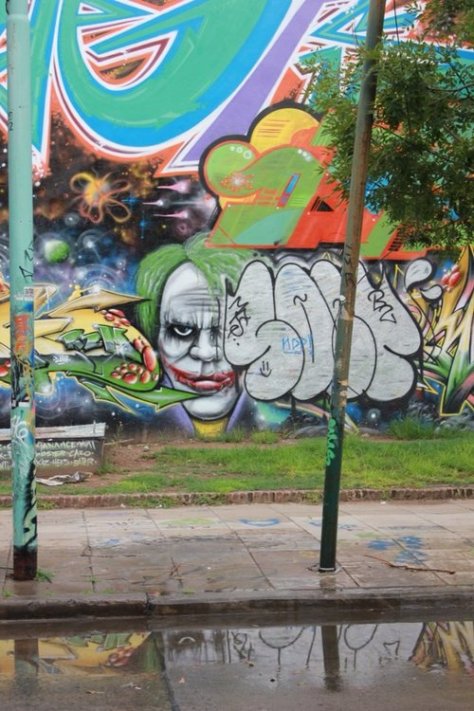
TO STAY:
While downtown is popular for those who have come for a couple of days of work in the city, it is only a commercial district with no night-life. Palermo Soho & Palermo Hollywood are the two nicest streets to stay in. Palermo Soho has beautiful streets, lined with stores, restaurants and bars. Local industry is encouraged by the government, which is why local brands have huge stores while 3-4 international brands share single stores.
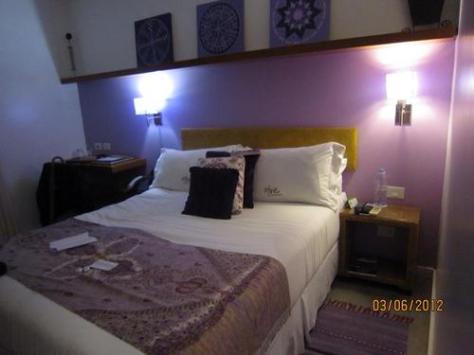
We stayed at the Mine Boutique hotel in Palermo Soho, a cute boutique hotel with fantastically helpful staff, and an incredible breakfast. The receptionist spent over an hour updating us on things to do within the city, and sent us a bottle of champagne to enjoy our honeymoon.
TO KNOW:
All of South America with the exception of Brazil speaks Spanish. Learn the key words to help you get around
Safety: Enough people have had bad experiences in Argentina to be scared. Stick to crowded places, don’t walk around with much cash, any expensive phones or bags in your hand, keep passports in your hotel safe. Any extravagant show of wealth gets instant attention, so tone down your clothes and bags
Packing: Buenos Aires has a warm and humid summer, and a cold winter. Pack your casual best and ensure you have a good pair of walking shoes to visit the whole city
Getting around: Buses or cabs are easy for tourists. We travelled by bus a couple of times, it was fairly simple once our hotel gave us the bus number. For nights though, buses are a no-no- its safer to take a cab. Always carry your hotel address and number
A great way to travel close distances in the cities are cycles- most cities have a specific bike lane, and the option of picking up a cycle at one spot, and dropping it off at another
TO SPEND:
You can get great boutique hotels in about $150 per night, and assume another $150 for daily expenses
TO EAT:
Lots and lots of steak, and other red meats. Argentina has the best beef which goes perfectly well with Malbec red wines- which are the most popular wines from the vineyards of Mendonza.
In case you can’t handle much red meat, try their salads or salami sandwiches. For breakfast our hotel had the best pancakes topped with dulche de leche- their caramel sauce which is a must try.
Also try alfajores- these dulche de leche and chocolate biscuit sandwiches which are absolutely a must have. Havana sells the best ones, we took some home for our families and they were wiped out








































